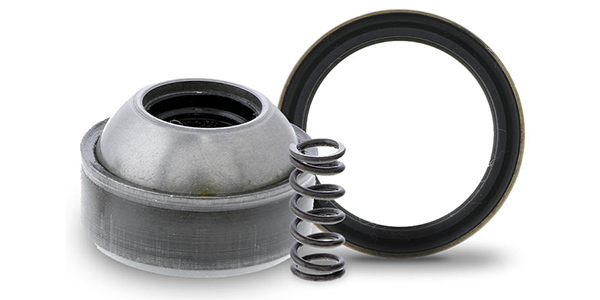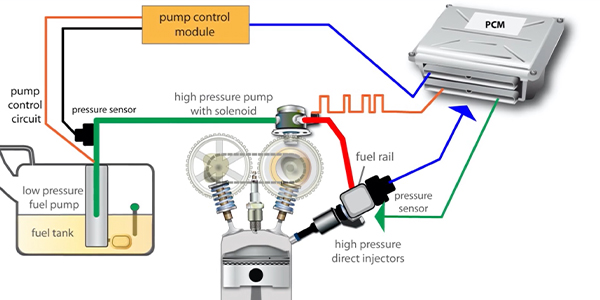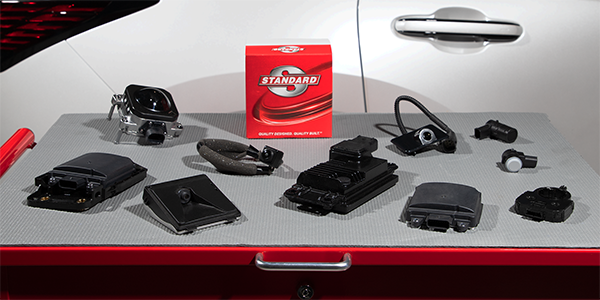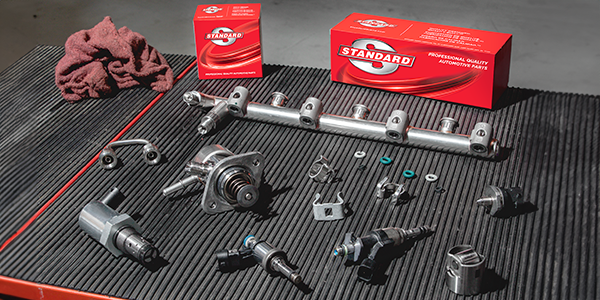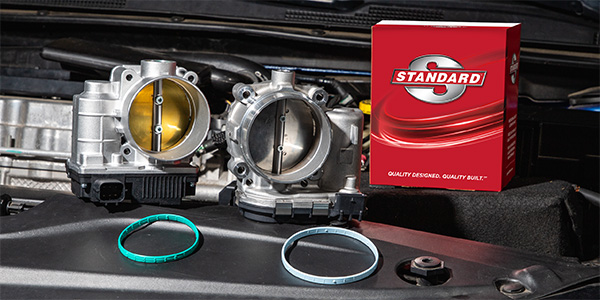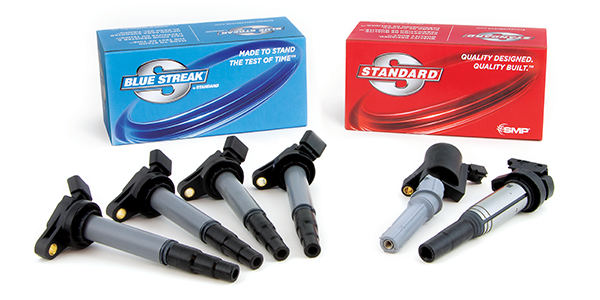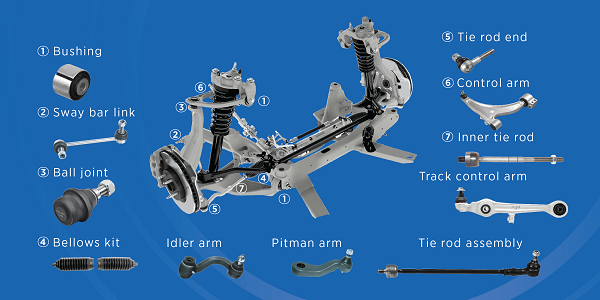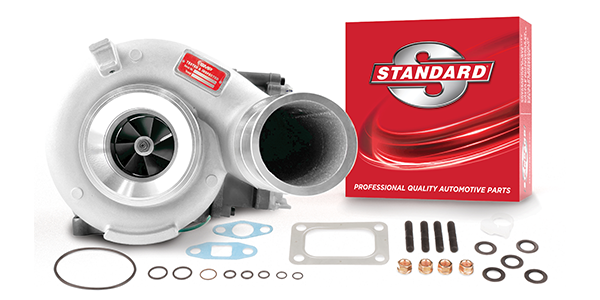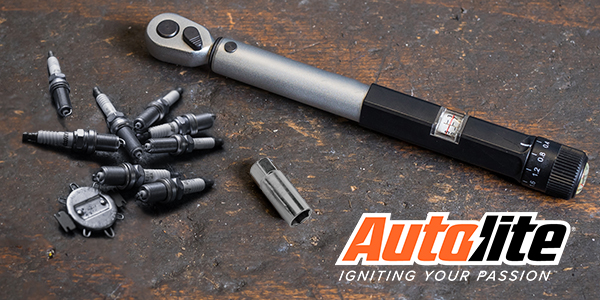Shops and part suppliers are always looking for ways to make technicians’ lives a little easier. In recent years, many parts like CV axles, strut/spring assemblies and suspension control arms have been introduced to allow technicians to simply install a complete component instead of repairing parts of the existing assembly. But this parts philosophy does not work for all repairs and vehicles. In some cases, servicing the existing assembly might offer the greatest economic advantages and durability for the shop and vehicle owner.
One part category that deserves such consideration is driveshafts. Depending on the application, a shop might have many choices and for some popular vehicles, a complete driveshaft might be available from their first-call parts source. But this might not always be the correct choice for a customer, shop or driveshaft.
Coverage
When a vehicle or platform is designed, there could be up to eight different driveshaft configurations to accommodate the various engines, drivelines and wheelbases during the vehicle run. Driveshaft components like universal joints and Cardan joints might be shared among many driveshafts and even OEMs. While the tube might have a different length for an extended cab, the joints will be the same.
These options and different driveshafts create what parts people call “parts proliferation.” Often, valuable warehouse space is taken up by complete driveshaft assemblies that might not move quickly.
Most driveshafts have serviceable components, like joints, center support bearings, yokes and seals, and often, it is just one component that has failed. Replacing the entire driveshaft does not make sense on some vehicles.
An example of this broad coverage from just one part number can be seen in Spicer part number 5-153X. This universal joint is part of the OSR Series. The joint will fit a 1950 Ford Country Squire wagon as well as a 2017 Nissan Titan pickup. If you count the applications in the catalog, the Spicer 5-153X universal joint covers more than 8,000 applications across almost 70 years of vehicles.
The same is true for double Cardan joints. Spicer’s 10018440 Double Cardan CV Ball Seat Repair Kit services the joint that connects the front driveshaft to the transfer case and front axle. Spicer part number 10018440 cover vehicles between 1978 to 2005 from Ford, GM and Chrysler with more than 2,300 applications listed in the catalog. The repair kit offers coverage for many vehicles used by fleets and off-roaders.
When a double-Cardan joint fails, it can cause vibration, grinding or clicking noises. The Spicer repair kit is your answer for an efficient replacement of the CV ball socket. Each Spicer repair kit contains the ball socket with a retainer, spring and two seals.
With just these two part numbers and a little shelf space, a shop or parts store can cover more than 10,000 applications with parts for the most common failures. If a parts supplier tried to stock the same coverage with complete driveshaft assemblies, it might take an entire warehouse.
Labor Costs
Complete driveshaft assemblies might eliminate the labor of having to make a trip to a press or investing in tools to service driveshaft joints. But if you look at the economics of replacing a driveshaft joint, you may come to the conclusion that a billable hour of labor can be more profitable than the profit from selling a complete driveshaft assembly.
The other advantage of replacing driveshaft components is it allows the shop to select the highest quality parts. Shops can install parts from the original axle supplier or even select parts that exceed the performance of the original joint.

